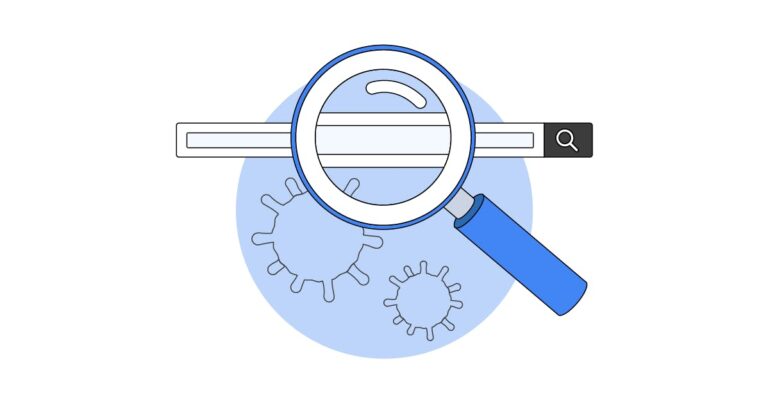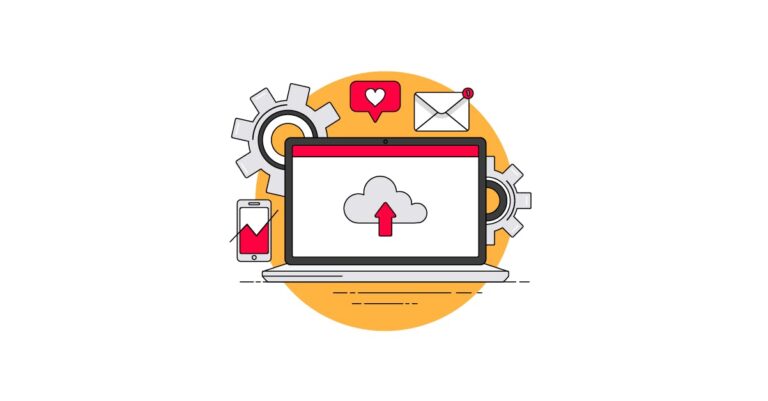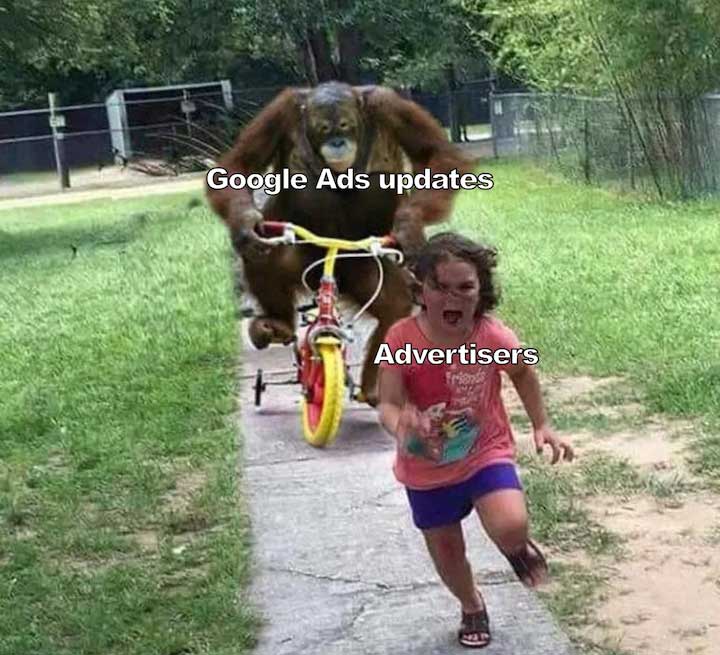
UX will not make you Uber, but it’s still important
When this type of reluctance to change perspectives at some point runs into a hard stop, someone who will not accept that hammer as the best way forward, it can be borderline amusing. One hammer-wielding clan of late is the data-driven, digital “right message at the right person at the right time” crowd. Let me be clear, there is definitely value in that field, it can be extremely useful in some situations. But to believe any tool is universal and appreciated by all is self-deceit.
“You can’t just put your TV ad on Facebook, you need to create customized video material”
In studies, this has been found to apply to a lot of fields. In the diagnosis of mental illness, doctors were found to overly diagnose people with the illnesses for which there were good medicines. In software development, the phenomenon is known as “the golden hammer” and means applying only programming language and systems you know as a solution regardless of the problem. Some even see a pattern of causation between the size of a nation’s army and its propensity to solve international conflict with military intervention.
“If you want to see any effect in TV advertising, you need to invest at least $X million”.
An overview of the third-party cookie crackdown
This need not be a problem if there is a strong overall orchestrator, a contractor if you will, who can put the hammer person’s energy into perspective and direct the energy where appropriate. But that is not always the case, for a few reasons:
Nils Andersson Wimby, Agency Director at Isobar Sweden, argues that marketers always need to be open to new perspectives.
- The beauty in simplicity. A simple solution is appealing. It makes a problem seem manageable and sets a clear path ahead. That’s is why it may be easier to say, “all your problems can be solved with influencer marketing”, rather than “you have a complex situation with interconnected challenges in distribution, price elasticity and media reach in growth segments, that will require multiple solutions to address. It’s complicated”
- Those advocating a singular solution may have strong economic incentives to push that agenda. Broadcast media benefit from solutions related to broad reach and emotional advertising. The benefits of personalization are extra interesting to push for the Adobes and Salesforces. If you work with retail strategies, setting forward distribution and placement on shelf as most important to a brands success holds all the benefits.
- Streamlining and decentralization. Marketing departments being streamlined, and also becoming more decentralized into silos like branding, sales, digital, CRM etc. potentially undermines the strength and mandate of a CMO as orchestrator of tools, suppliers and agencies.
The original quote is attributed to Abraham Maslow (yes, the guy with the hierarchy of needs), and is an illustration of a cognitive bias called “The Law of the instrument”. This law basically states that people are overconfident in the effectiveness and power of tools that they are familiar with. And in contrast, sceptical of tools that are unknown.
It means you should never be too confident in the superiority of what you know. It means you should be open to new perspectives.
It becomes very apparent when you look at the “extremists” in this confirmation-biased approach, those who take very small and isolated practices and tools (hammers) and elevate them to a level of solving very grand problems.
When it becomes apparent that a tool is not doing the work it is supposed to, some specialists in that tool try to shift the narrative. It’s not the tool, it’s how it is being used.
“Unless you let influencers create the content themselves, you’re not doing influencer marketing right.”
“Technology does not need vast troves of personal data stitched together across dozens of websites and apps in order to succeed. Advertising existed and thrived for decades without it, and we’re here today because the path of least resistance is rarely the path of wisdom.”
All of these are potentially useful “hammers”. For certain jobs they can be really useful tools. But a problem arises when evangelists put forward these tools as universal solutions to all problems at all brands. The inside-out perspective leads to the assumption that the same problem your tool can solve, is the major problem for any company. It even leads to the assumption that ALL companies see the same problem as the main priority. All nails.
So, when Tim Cook of Apple stands up at a conference in Brussels and delivers the below lines, it means something.
Thanks for the perspective, Tim.
The field of marketing, naturally, is no exception. It is – due to a multitude of niches, approaches and self-appointed experts – quite the hotbed for hammers.






